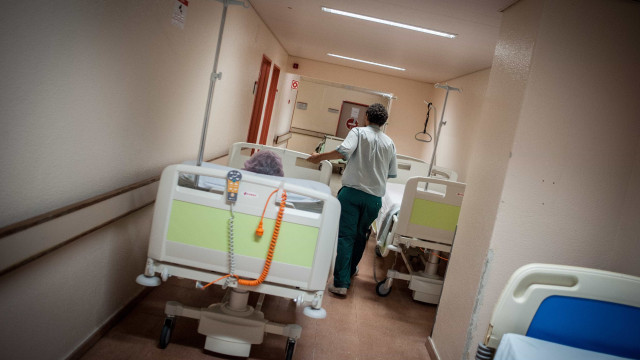
With today’s changes, the three-month Euribor rate, which fell to 2.040%, remains below the six-month (2.138%) and 12-month (2.196%) rates.
The monthly average of the Euribor rose again across all three durations, with the 12-month rate seeing the most significant increase.
In October, the average Euribor rose by 0.007 points to 2.034% for the three-month term and by 0.005 points to 2.107% for the six-month term.
For the 12-month term, the average Euribor increased more sharply in October, specifically by 0.015 points to 2.187%.
The six-month Euribor rate, which became the most widely used in Portugal for variable-rate housing loans from January 2024, rose today, reaching 2.138%, an increase of 0.011 points compared to Thursday.
Data from the Bank of Portugal (BdP) for August indicates that the six-month Euribor accounted for 38.13% of the stock of variable-rate loans for permanent home ownership.
The same data shows that the 12-month and three-month Euribor rates accounted for 31.95% and 25.45%, respectively.
For the 12-month period, the Euribor rate also increased, reaching 2.196%, a rise of 0.010 points from the previous session.
Conversely, the three-month Euribor fell to 2.040%, a decrease of 0.010 points from Thursday.
On Thursday, the European Central Bank (ECB) kept the key interest rates unchanged for the third consecutive monetary policy meeting, as expected by the market. This followed eight reductions since the entity began this cycle of cuts in June 2024.
The ECB President, Christine Lagarde, stated at the conclusion of the Thursday meeting in Florence that the institution is “well-positioned” from a monetary policy standpoint, though she noted that this position is not fixed.
The next ECB monetary policy meeting is scheduled for December 17 and 18 in Frankfurt.
The Euribor is determined by the average rate at which a group of 19 eurozone banks is willing to lend money to each other in the interbank market.




